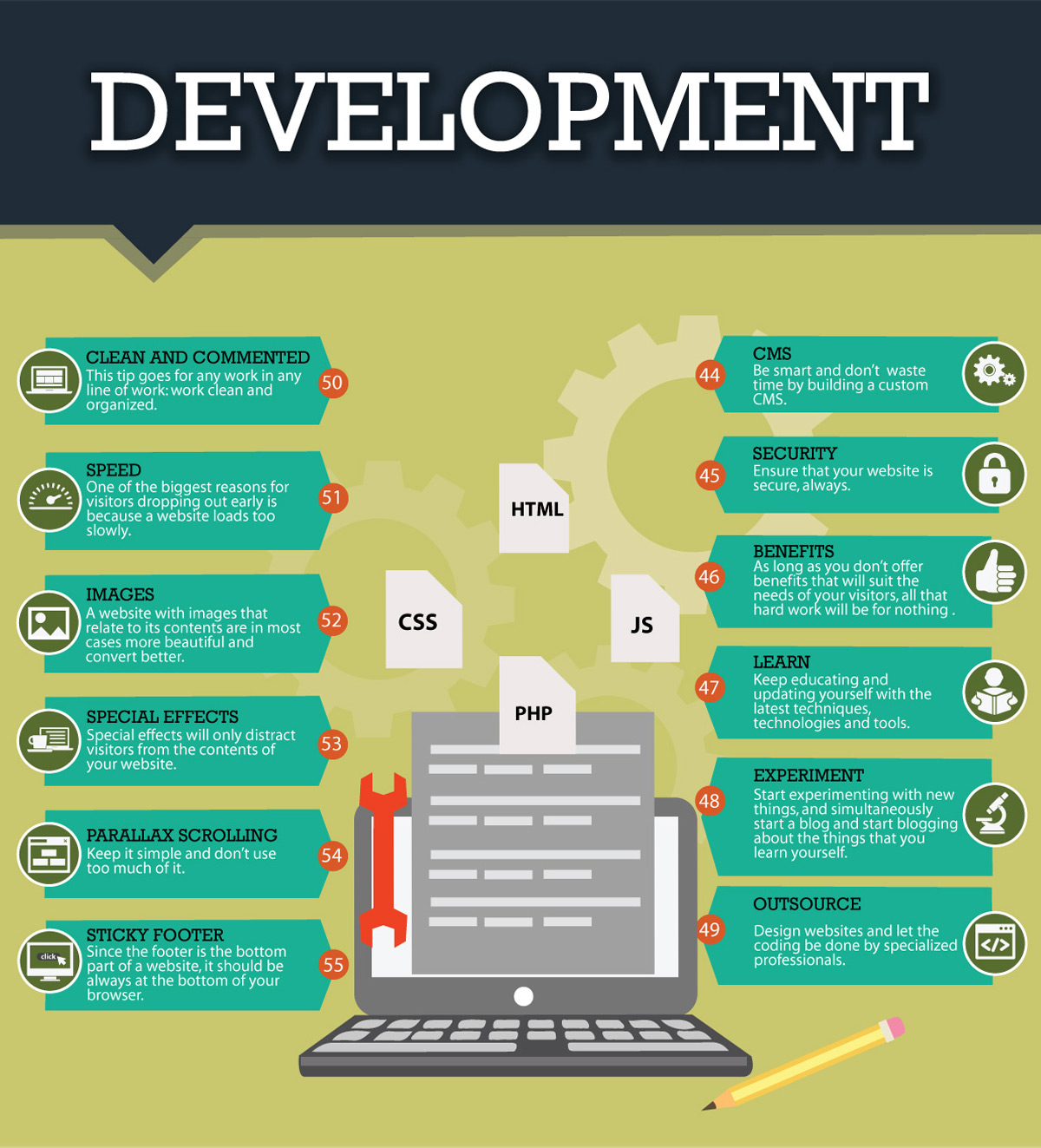Join Us As We Start A Journey Through Time, Discovering The Development Of Internet Site Design And Exactly How It Has Influenced The Electronic Landscape
Join Us As We Start A Journey Through Time, Discovering The Development Of Internet Site Design And Exactly How It Has Influenced The Electronic Landscape
Blog Article
Content Writer-Lamb Gibbons
In the past, internet sites were straightforward and focused on info. Navigation was straight, and style was for desktops. Now, user experience is vital. Information guides layouts for simple navigation. Responsive designs match different gadgets. Today, dark setting minimizes stress, and minimal menus improve navigating. Interactive functions involve individuals, and strong visuals stick out. AI assimilation boosts engagement. See exactly how design has advanced to improve your on the internet journey.
Very Early Days of Web Design
In the very early days of website design, simplicity reigned supreme. Internet sites were basic, with minimal colors, fonts, and designs. have a peek at this site got on giving information instead of showy visuals. Individuals accessed the internet through sluggish dial-up links, so rate and functionality were crucial.
Navigation menus were straightforward, typically situated at the top or side of the web page. Sites were made for desktop, as mobile browsing wasn't yet common. Content was king, and designers prioritized simple readability over complicated layout components.
HTML was the main coding language made use of, and designers needed to function within its constraints. seo agency packages and interactive functions were minimal compared to today's criteria. Sites were fixed, with little vibrant web content or individualized user experiences.
Increase of User-Focused Layout
With the development of site layout, a change in the direction of user-focused design concepts has actually come to be significantly famous. Today, creating sites that prioritize individual experience is vital for engaging visitors and achieving organization objectives. User-focused layout entails understanding the requirements, choices, and habits of your target audience to tailor the internet site's layout, content, and includes accordingly.
Developers now conduct extensive research study, such as customer studies and use testing, to gather insights and responses directly from customers. This data-driven strategy helps in creating user-friendly navigating, clear calls-to-action, and aesthetically attractive user interfaces that reverberate with visitors. By putting the customer at the center of the design procedure, web sites can supply a more individualized and pleasurable experience.
Receptive style has actually also emerged as an essential facet of user-focused style, guaranteeing that sites are optimized for different gadgets and screen dimensions. This versatility improves access and functionality, accommodating the diverse ways customers engage with websites today. Fundamentally, the rise of user-focused design symbolizes a shift towards developing digital experiences that prioritize the needs and assumptions of the end individual.
Modern Trends in Web Design
Discover the current trends shaping web design today. One popular trend is dark mode style, using a streamlined and modern-day appearance while decreasing eye strain in low-light environments. Another crucial trend is minimal navigation, simplifying menus and enhancing individual experience by focusing on essential elements. Including micro-interactions, such as computer animated buttons or scrolling effects, can develop an extra appealing and interactive site. Receptive layout stays important, making certain smooth customer experiences across numerous tools. In addition, using bold typography and asymmetrical designs can include visual interest and accentuate details content.
Incorporating AI innovation, like chatbots for client support or individualized recommendations, boosts individual interaction and simplifies procedures. Availability has likewise end up being a considerable trend, with developers prioritizing comprehensive style practices to accommodate varied user demands. Welcoming sustainability by enhancing site efficiency for speed and effectiveness is an additional emerging pattern in website design. Teaming up with customer responses and data analytics to repeat and boost style continually is crucial for staying appropriate in the ever-evolving digital landscape. By accepting these modern-day fads, you can develop a visually enticing, user-friendly website that reverberates with your target market.
Conclusion
As you review the advancement of website style from the early days to currently, you can see just how user-focused style has actually ended up being the driving force behind modern-day patterns.
Embrace the trip of change and adaptation in website design, always keeping the user experience at the center.
Stay existing with the most recent trends and technologies, and never ever stop progressing your strategy to develop aesthetically spectacular and user-friendly websites.
Evolve, adjust, and create - the future of web design remains in your hands.
